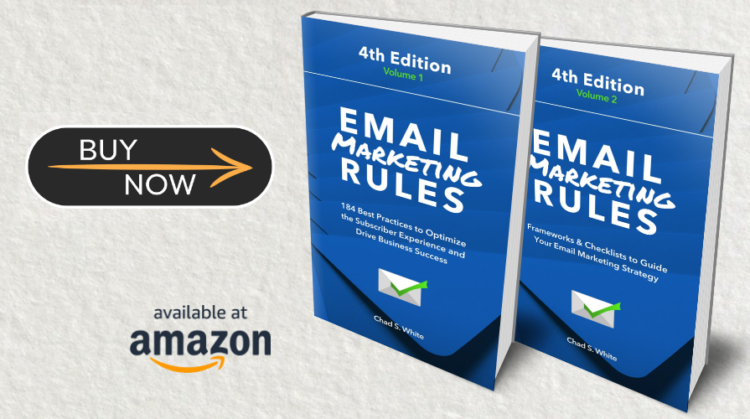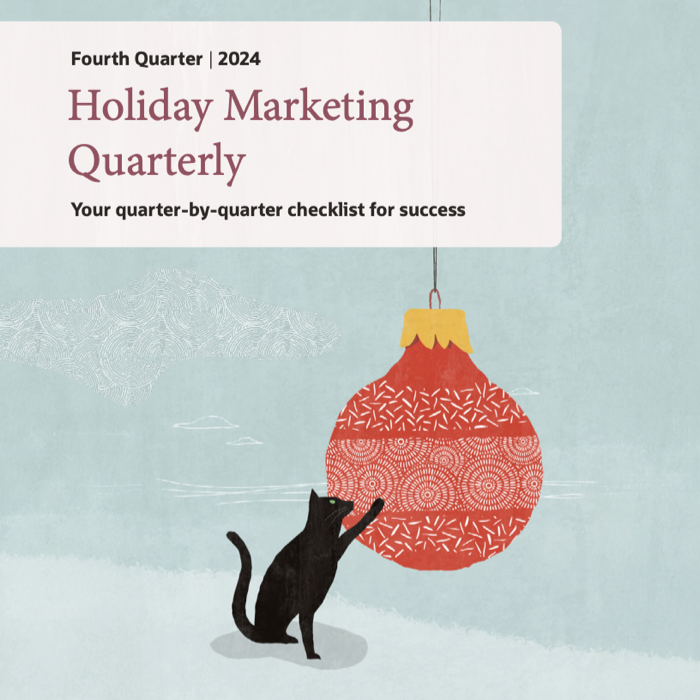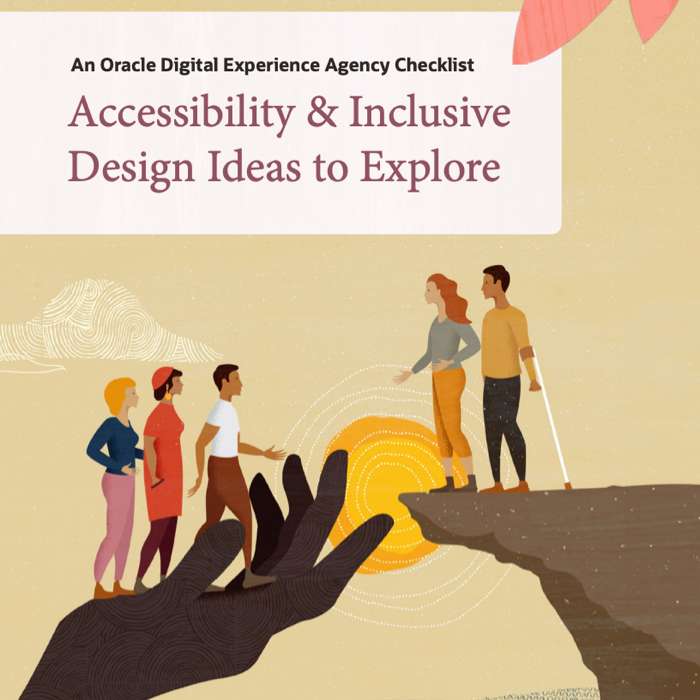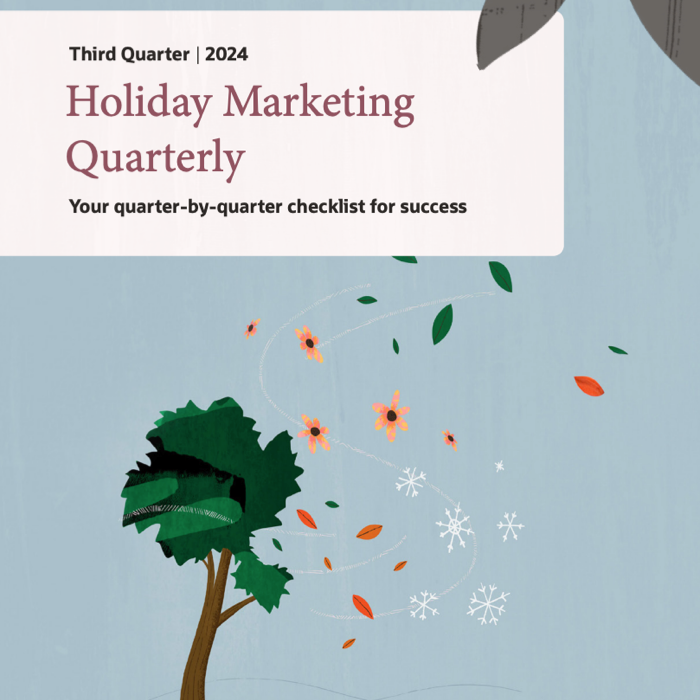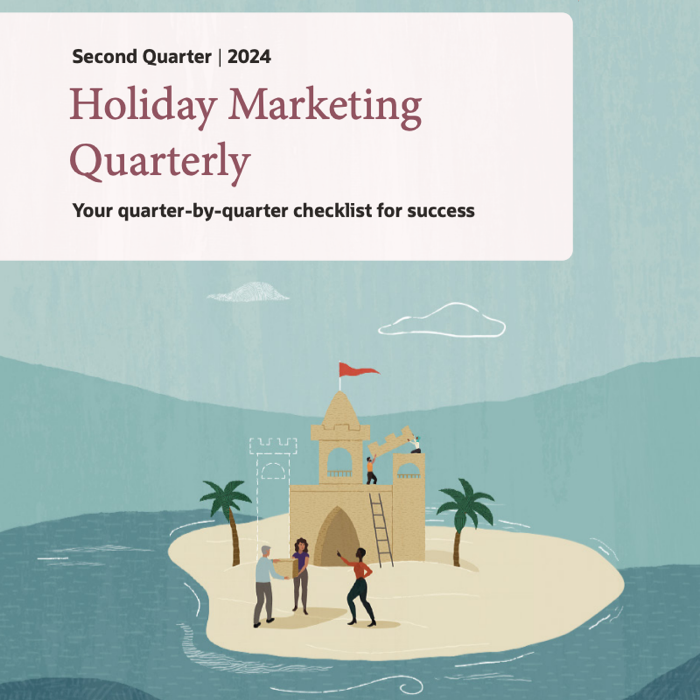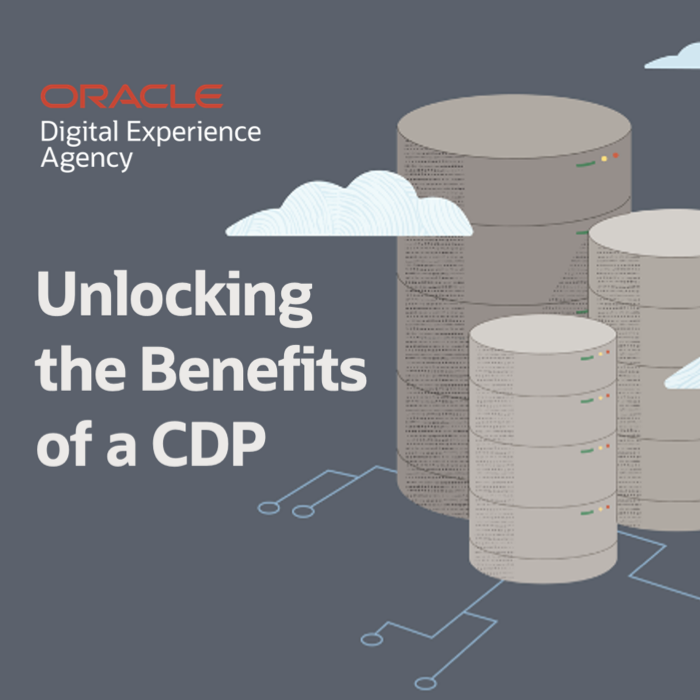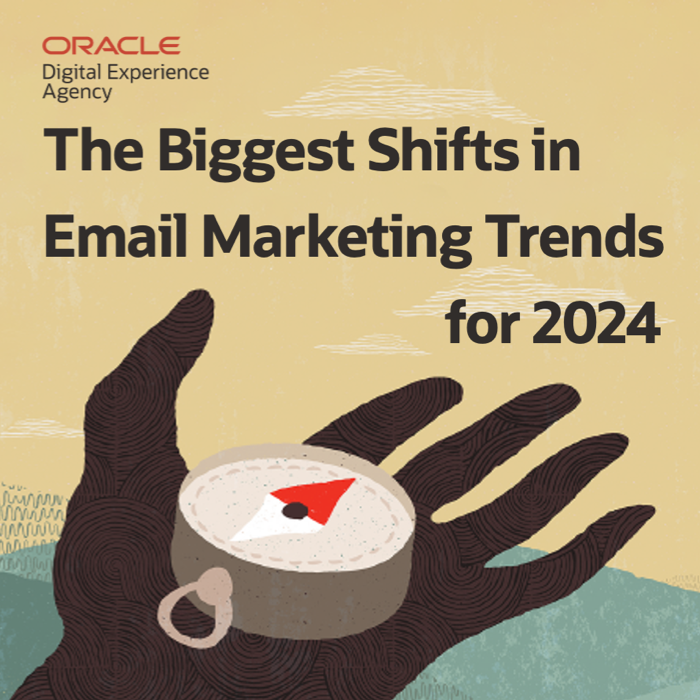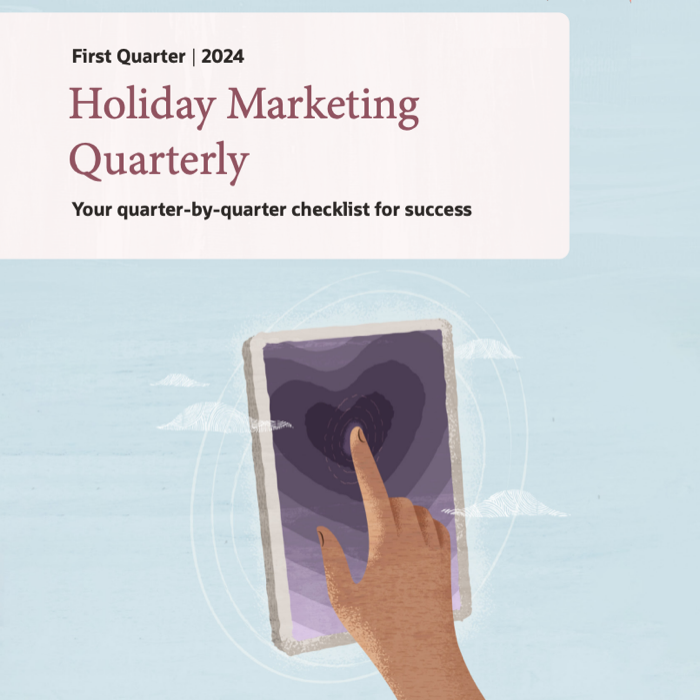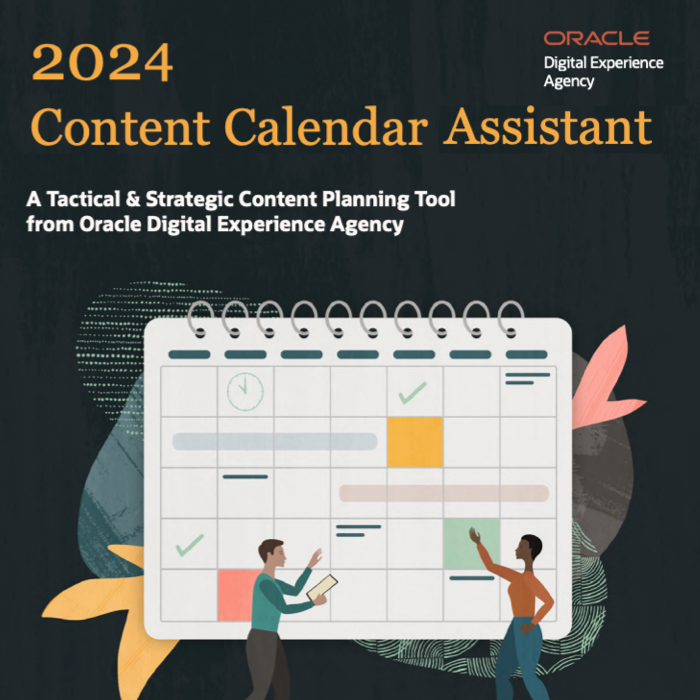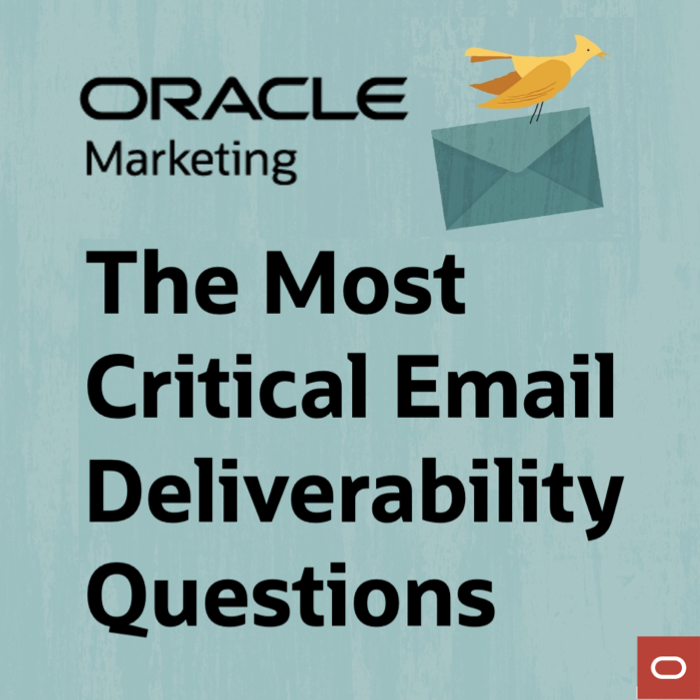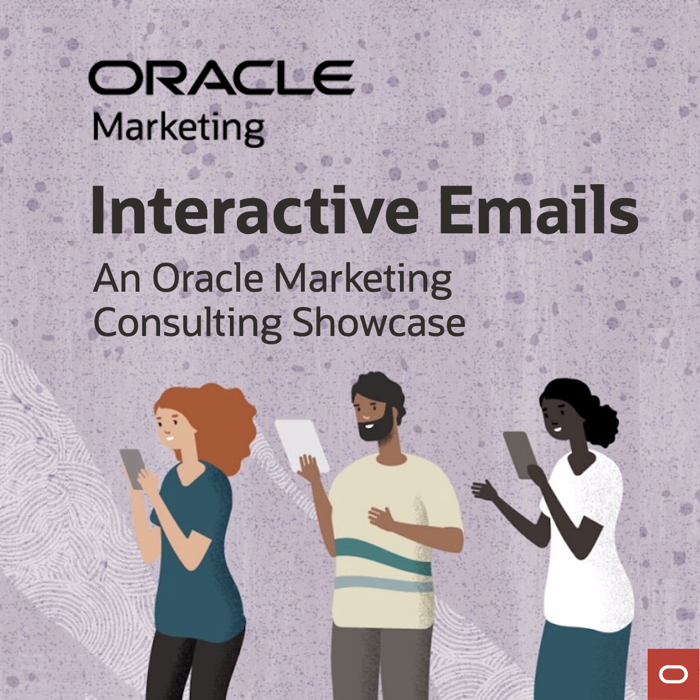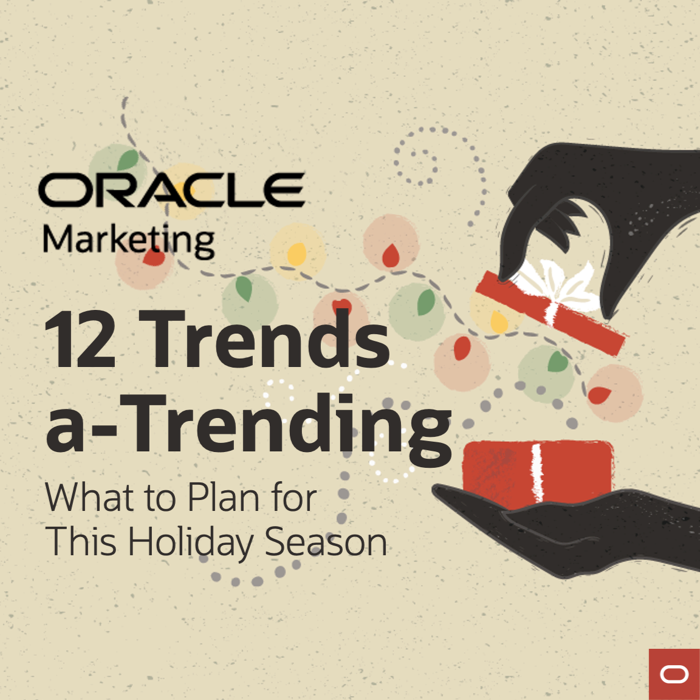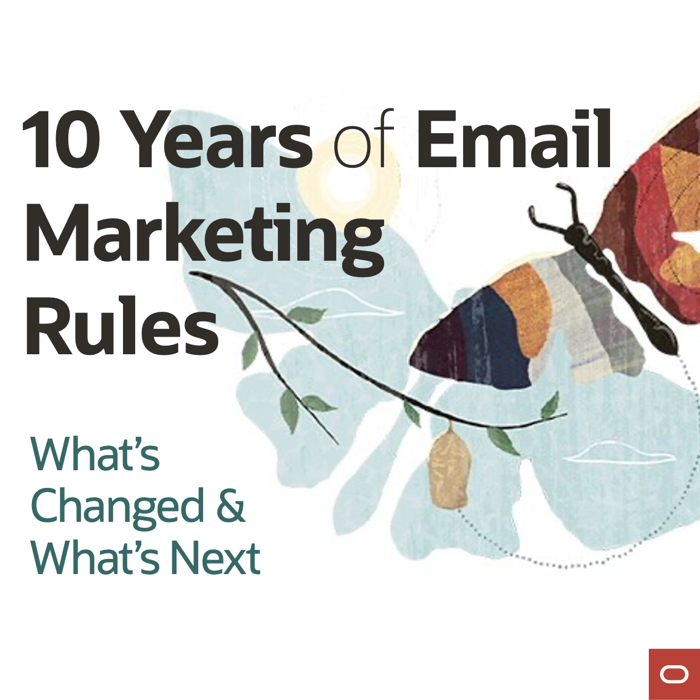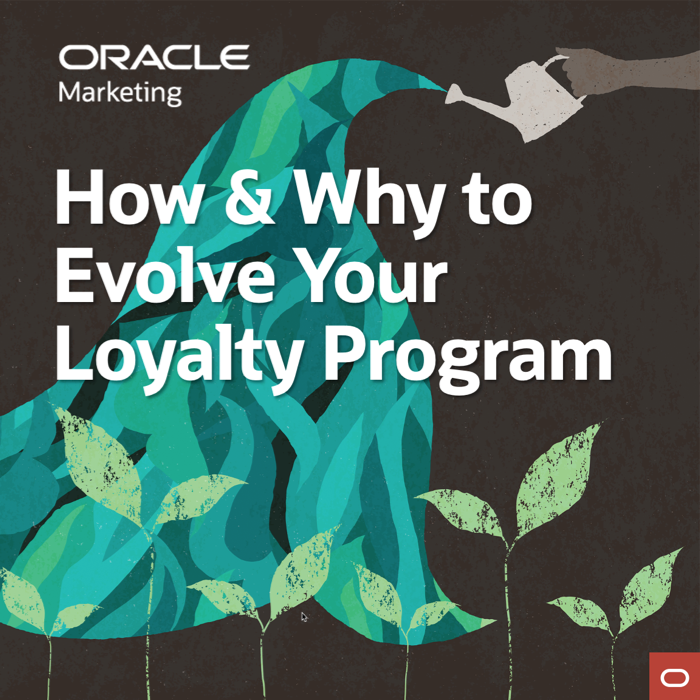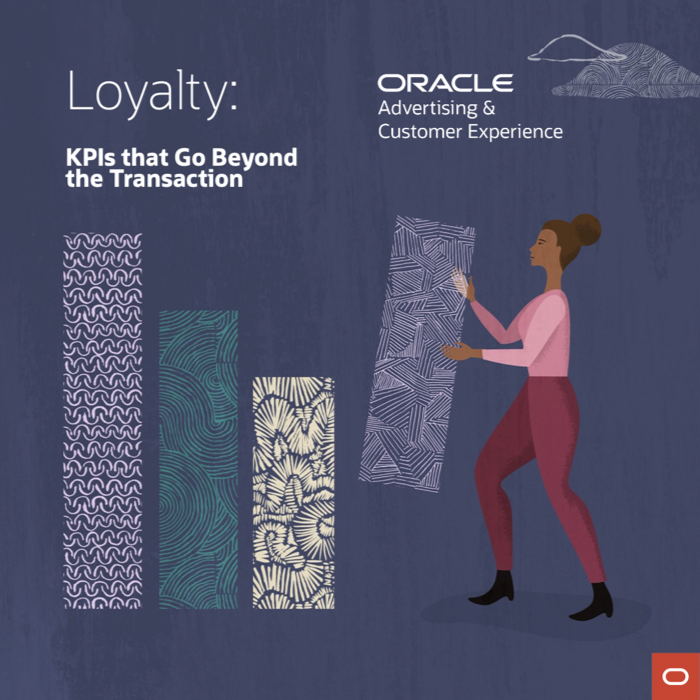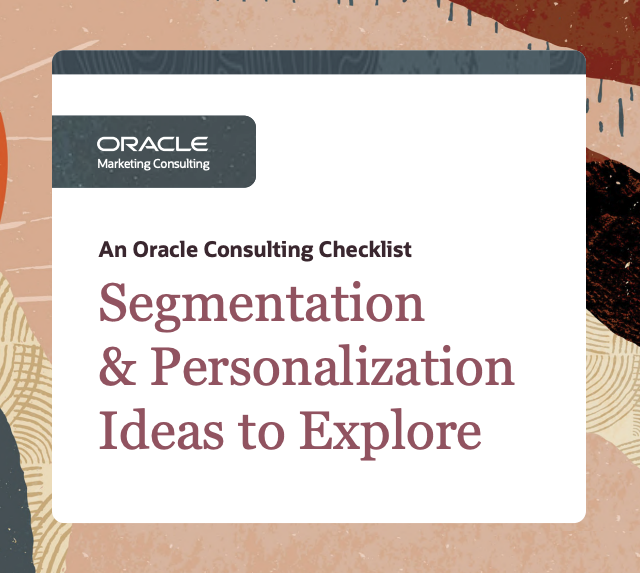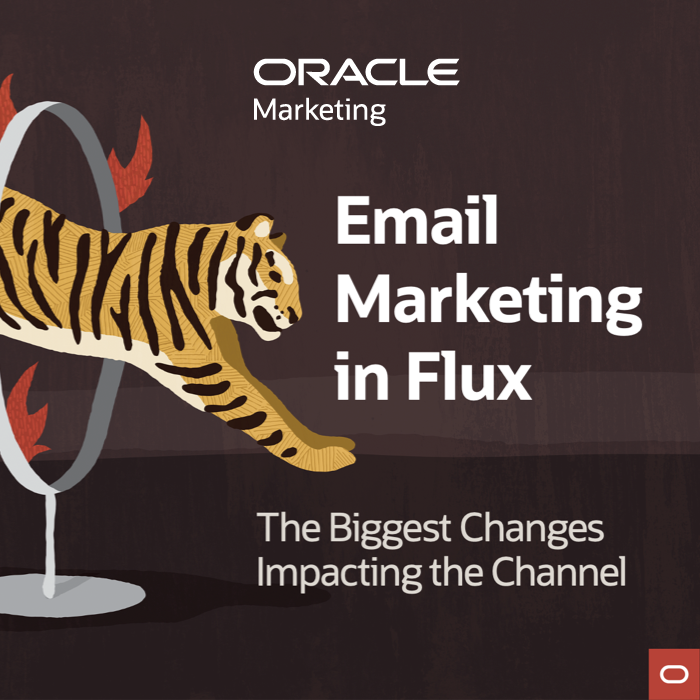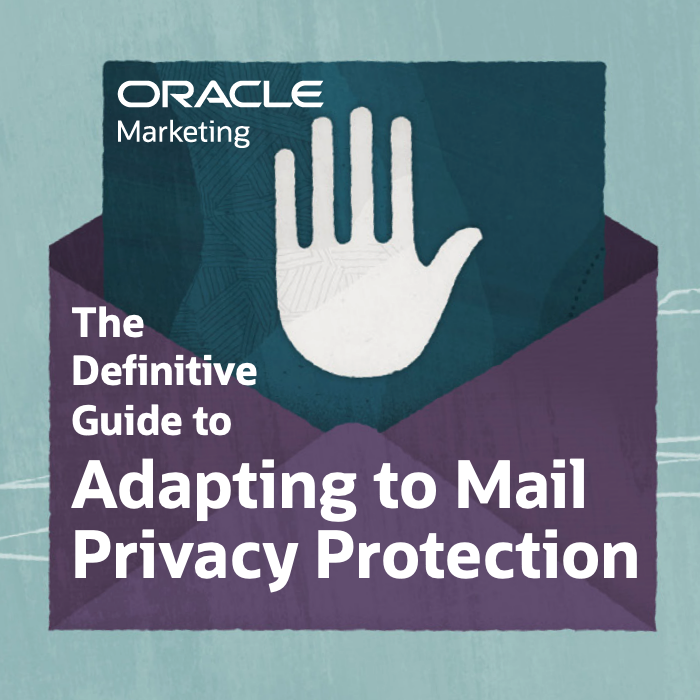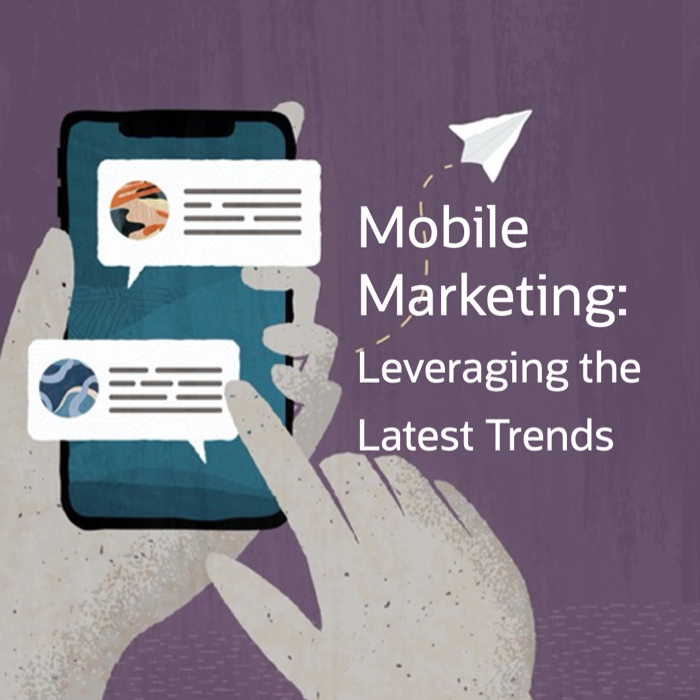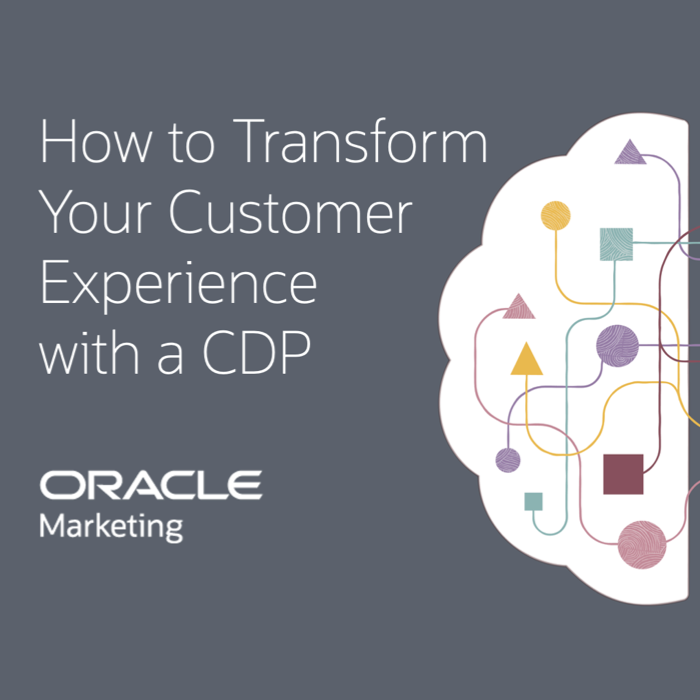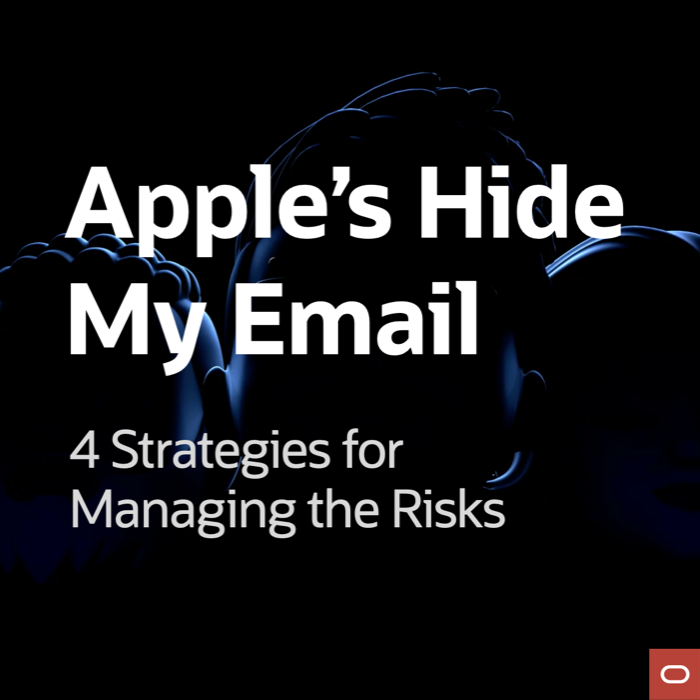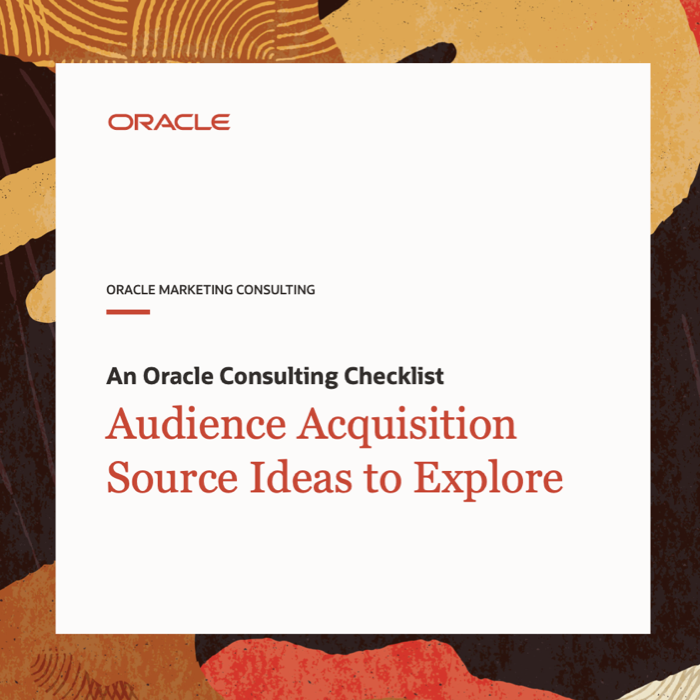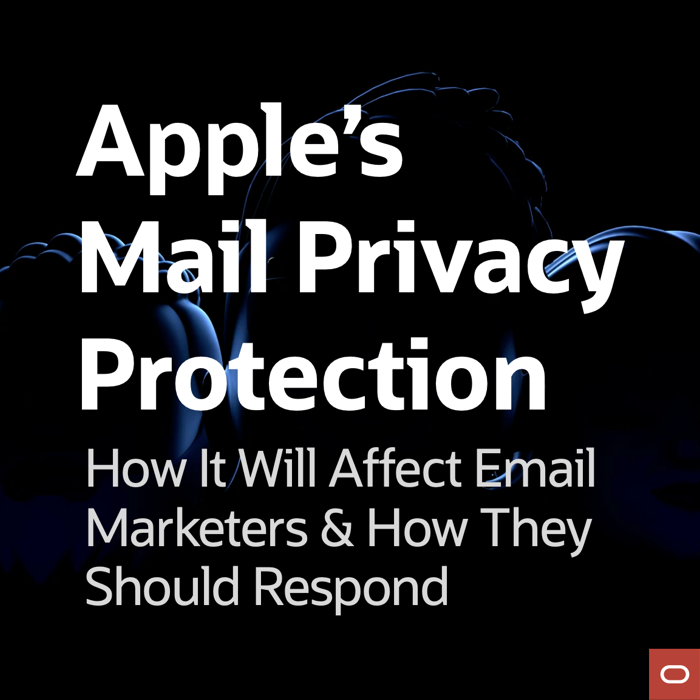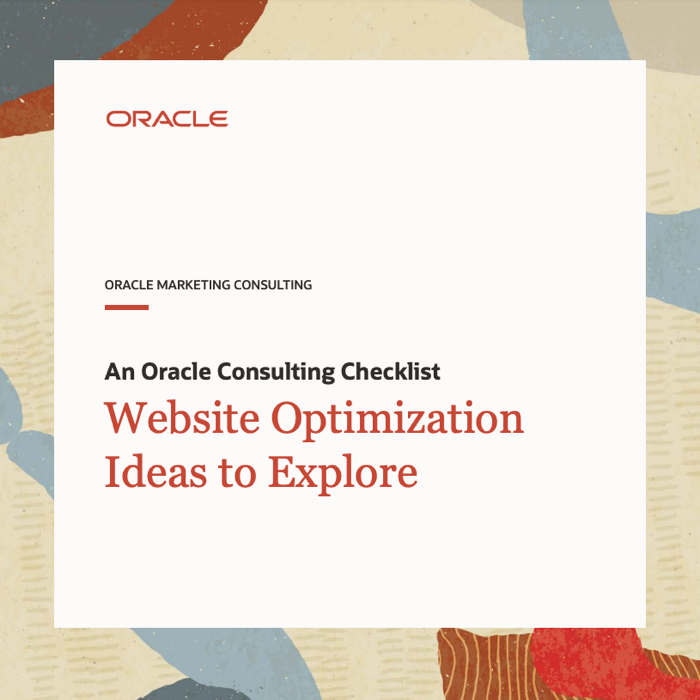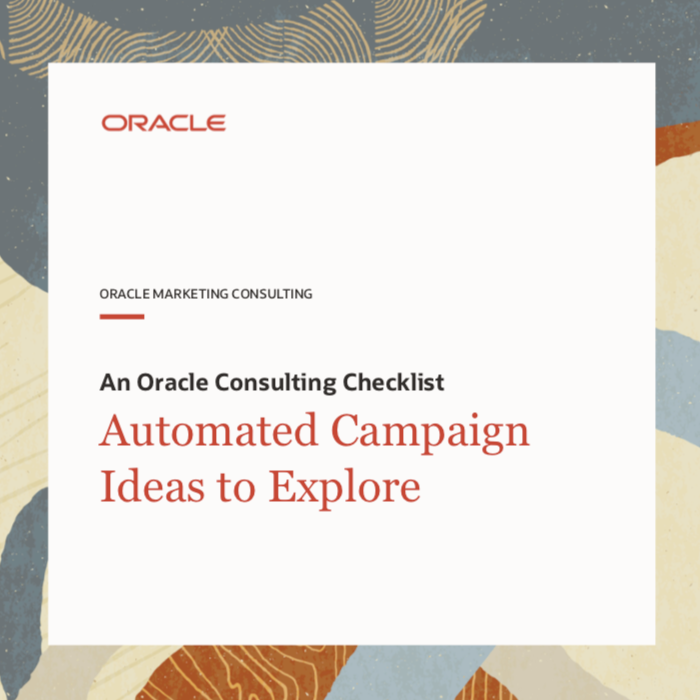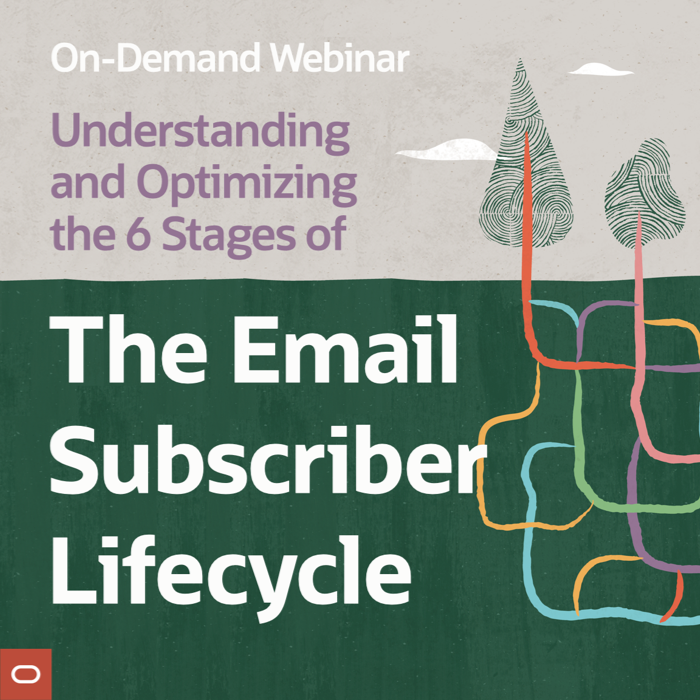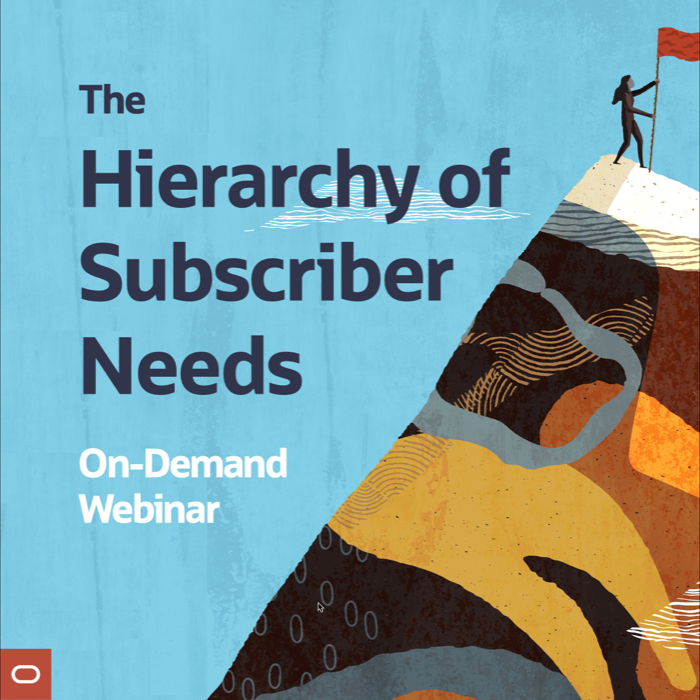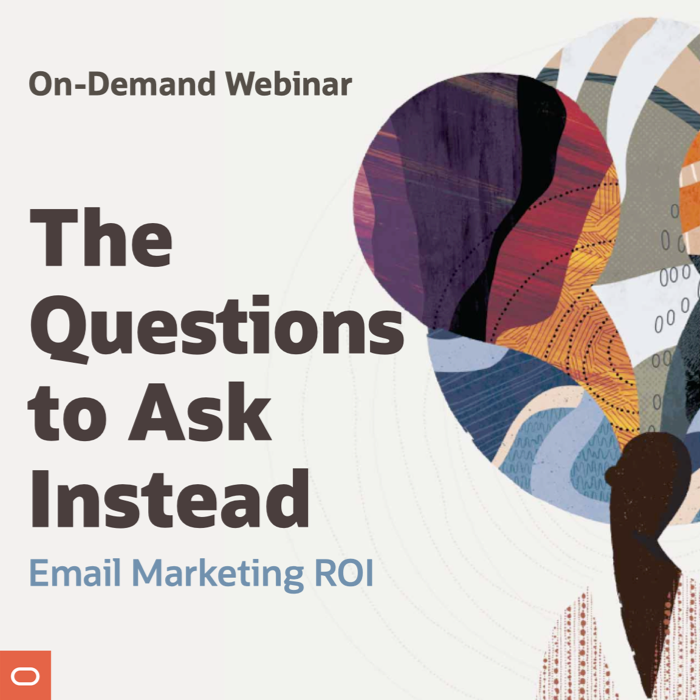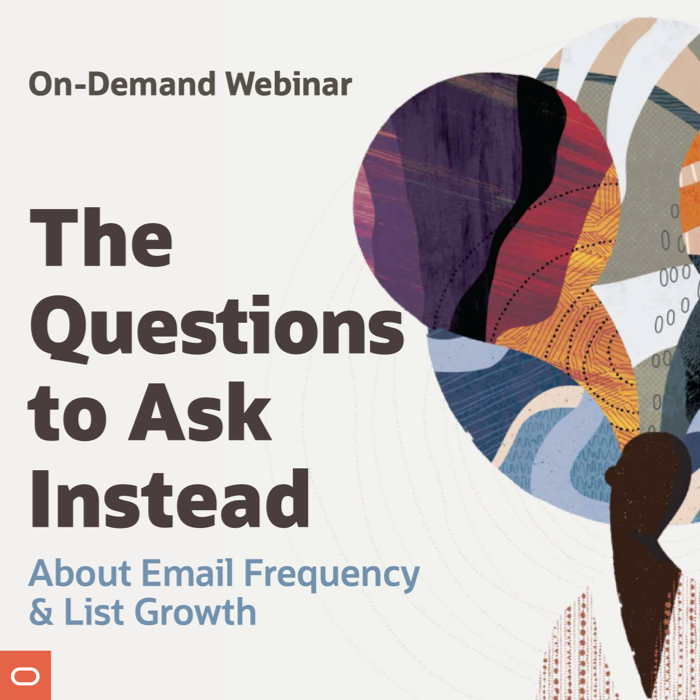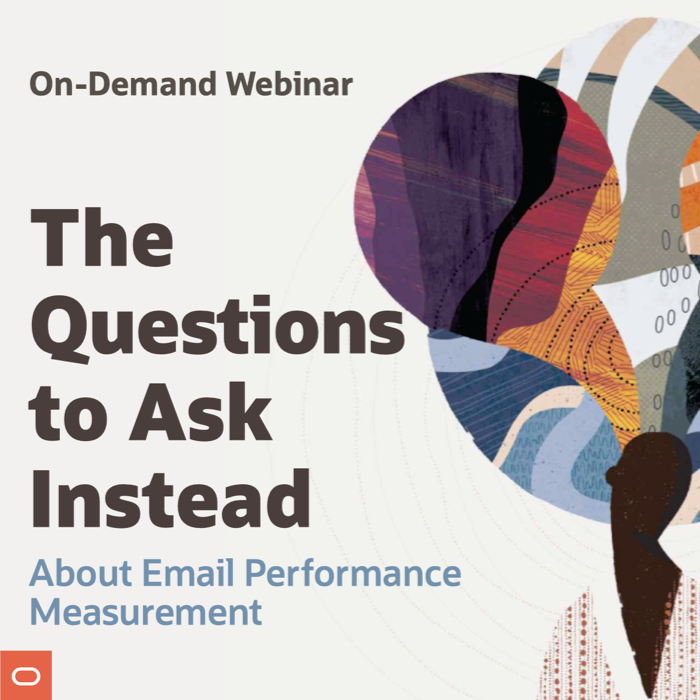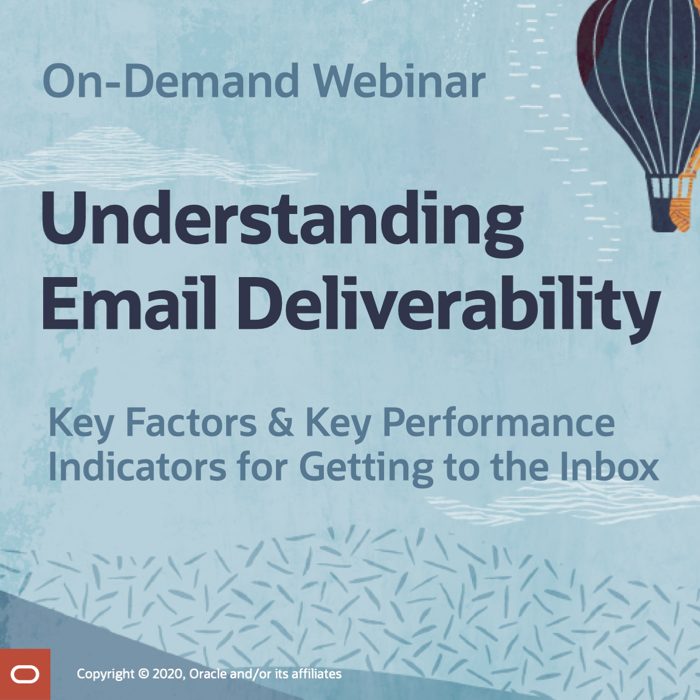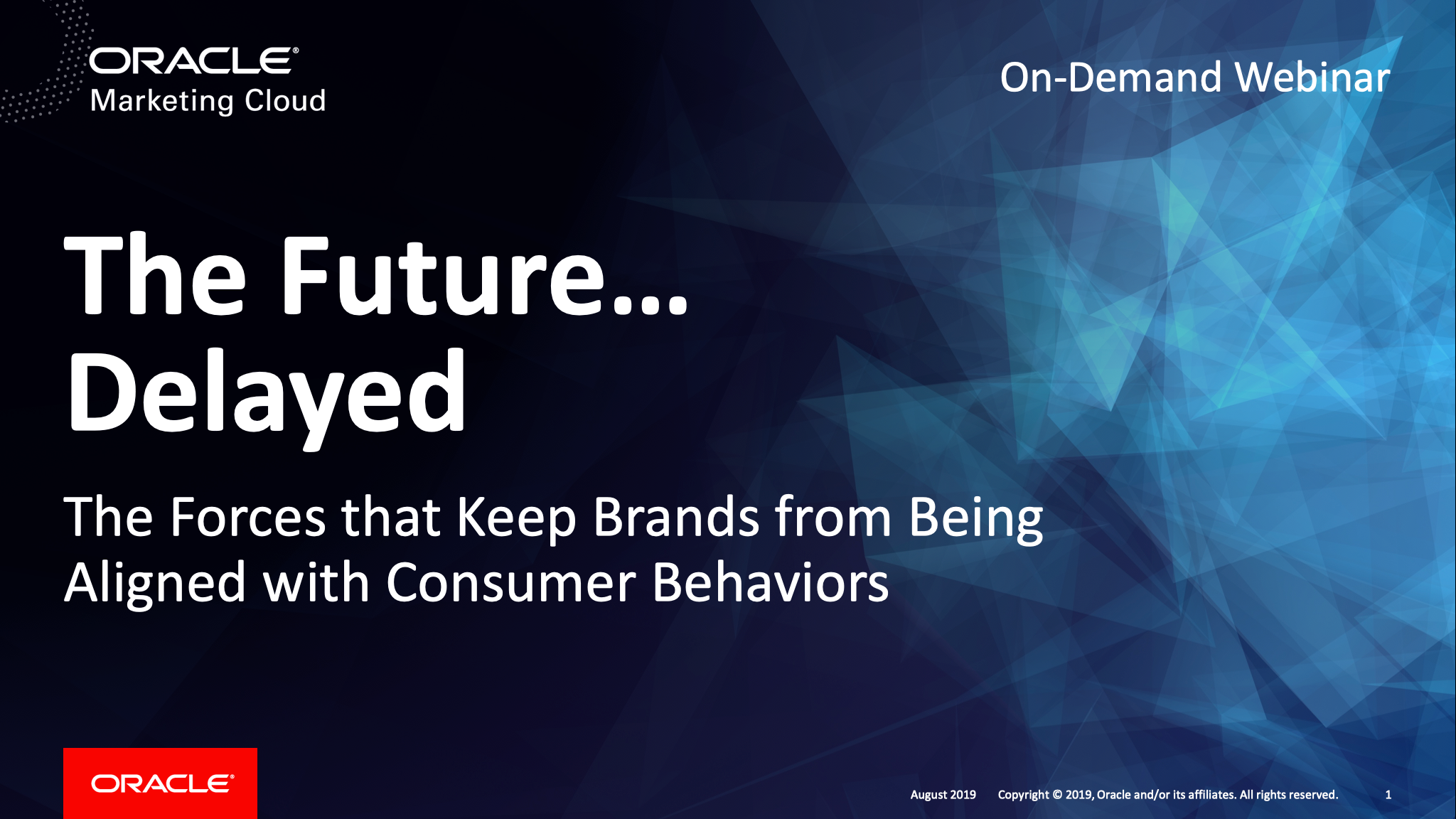Minimalism Trend in Email Design
 Mobile is driving big changes in email design and one of the niche developments is a trend toward minimalism. Emails contain fewer messages, and those that remain are getting simpler, shorter, and more image-driven.
Mobile is driving big changes in email design and one of the niche developments is a trend toward minimalism. Emails contain fewer messages, and those that remain are getting simpler, shorter, and more image-driven.
In The Best of the Email Swipe File, we represent this trend with a Kickstarter email that consists of a logo, headline, three sentences, a call-to-action, and nothing else. This Tumblr email and this Meetup email are also great examples of this trend toward minimalism.
These emails are focused on piquing a subscriber’s interest to earn that click. They leave all the heavy lifting in terms of details, pricing, etc. to the landing page. In some cases, the landing page is extremely rich and detailed, as is the case with the Kickstarter example. So it’s not so much that email is being dumbed down as that content is shifting out of emails and more onto landing pages.
Emails as Window Shopping
This trend is also present in longer emails in the form of minimalistic product grids. In the past, these were often 4-column-wide grids that consisted of a product image and text that included product name, brand, price and other information.
But in the name of mobile-friendliness, now images sometimes stand alone without any supporting text. For instance,a May 23 Crate & Barrel email had a promotion for outdoor pillows that was supported by a 4-by-5 grid of pillows. And a June 4 Banana Republic email promoted a collection of Father’s Day gifts with a headline and some copy that was followed by a bunch of product shots from the collection with no names or prices.
At the same time, product grids have shrunk down to just two columns in many cases—and in a few cases just one column. For example, a June 11 Lululemon email used a 2-column grid with occasional subheadings. And a Mar. 4 Levi’s email uses a simple 1-by-2 grid that shows a model in full attire to support the primary message.
While not true in every case, a number of the product grids in these emails aren’t truly product grids at all because all of the images in the grid all link to the same landing page—whether it’s a product category, seasonal or brand collection, or a gift assortment. It’s worth testing these to see if a link to a collection is truly better than linking to individual products, since the latter puts the subscriber one click closer to buying the product.
Particularly if you’re a brand that’s not built on price, I urge you to give this new approach a try. Your subscribers—which are your most loyal customers—are already familiar with your price points, so why not keep the focus instead on what your products look like and other on brand imagery?
 Email Marketing Rules
Email Marketing Rules


